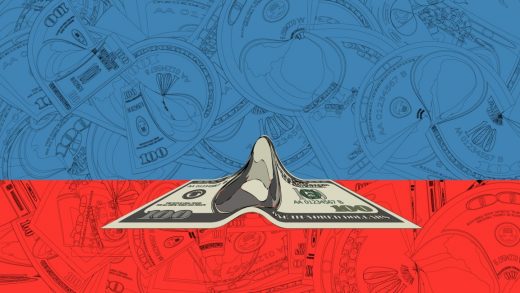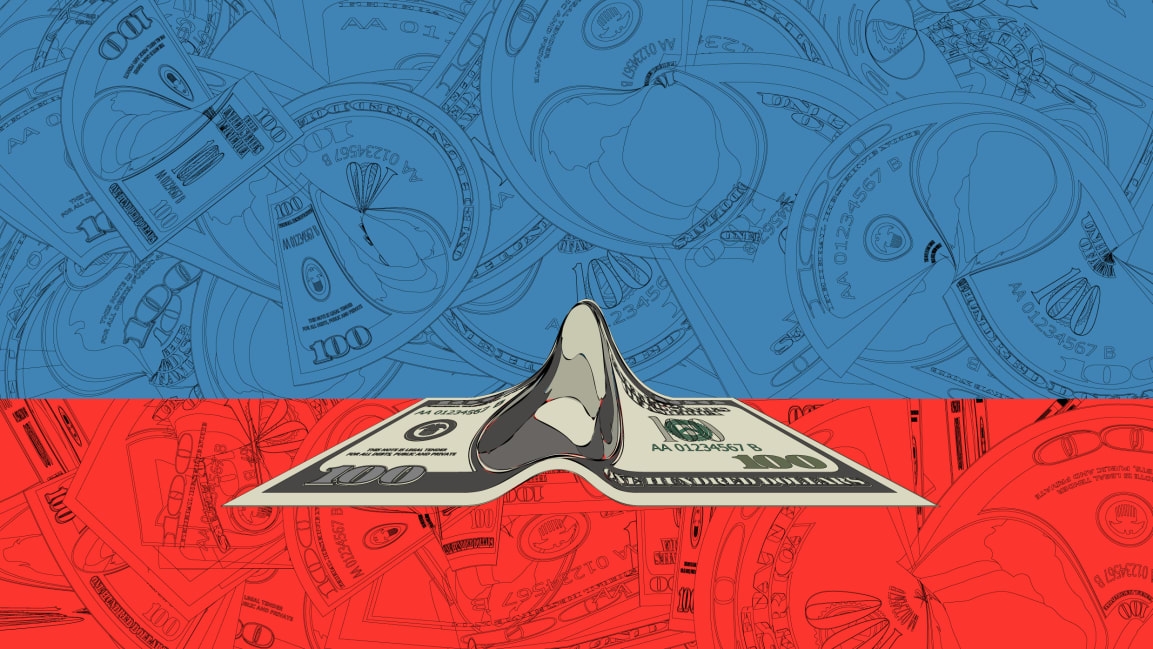For many workers, raises today don’t make up for years of wage stagnation
Theresa, 25, a cashier at Key Food in Brooklyn, was excited when she received a raise a few months ago. “But I’ve barely noticed it, because everything is getting more expensive,” says Theresa, who requested that we use only her first name. “Groceries, bills, you name it. My paycheck just disappears. It’s depressing because I don’t know when I’ll get another raise.”
The situation is the same in the hospitality industry, in which some hotel maids and housekeepers in Los Angeles will soon earn $25 an hour, but it hardly covers the cost-of-living increases they experience, says Lorena Lopez, an organizing director at Unite Here Local 11, the union that represents hotel and restaurant workers.
“Historically, they haven’t gotten the wages they deserve, and even with these recent pay hikes it’s not enough when people can’t pay the rent or put food on the table,” she says.
While recent pay hikes are certainly a positive development that will benefit millions of workers, they are not close to making up for years of wage stagnation. “There’s a long way to go,” says Brookings Institution economist Gary Burtless, pointing to the lack of relative growth of low and middle-income wages over the last four decades.
The average pay in restaurants and supermarkets has risen above $15 an hour—a new baseline demanded by many workers amid the past decade’s “Fight for $15 movement” that is now earned by nearly 80% of American workers, up from 60% in 2014. Wages have increased at a 6% annual pace over the past two years in the hospitality and leisure industry. And nearly a quarter of small businesses said they plan to increase pay after the COVID-19 pandemic is over, according to a recent survey conducted by the U.S. Chamber of Commerce.
Labor Secretary Marty Walsh is encouraged by the wage growth, saying in an interview with Fortune that “where we’re headed right now, all signs are incrementally going in a good, positive direction.”
Well, not all signs. Many of those pay raises have been wiped out by a steep increase in inflation. The Consumer Price Index has risen 5.4% over the past year, the largest increase since the middle of 2008. As a result, “Price increases have outpaced compensation growth in 2021, causing real compensation to fall,” according to the Peterson Institute for International Economics. In June 2021, overall real compensation, which is wages and benefits adjusted for inflation, was 0.7% below December 2019 levels and 2% below its pre-pandemic trend, despite increases in the leisure and hospitality sector. In other words, many workers have actually ended up with a pay cut at the end of the day. The rising cost of living has eaten up their extra wages.
But in recent months, the headlines have focused on the plight of businesses struggling to hire workers and offering dramatic pay raises to their employees, especially in low-wage sectors of the economy. In both city neighborhoods and small-town main streets, it’s hard to avoid “Help Wanted” signs promising generous wages and benefits (as well as sign-on bonuses and even free iPhones) that are posted by national chains and local businesses desperate to reopen after a yearlong pandemic.
Conservative economists have argued against a minimum wage increase, believing that such an increase in some states has hurt business. In an op-ed earlier this year, The Wall Street Journal blamed a $4-an-hour “hero pay” increase to workers at Kroger supermarkets who worked during the height of the pandemic last year for the chain’s decision to close two stores in Long Beach, California. The Journal’s William McGurn wrote that “a minimum wage is a price, and that when you make it more expensive to hire workers, you price some of them out of the job market.”
Employer groups have also blamed government stimulus benefits during the pandemic for forcing businesses to increase salaries to compete. The U.S. Chamber of Commerce and National Restaurant Association affiliates have called for an end to the enhanced unemployment program. In the wake of April’s weaker-than-expected jobs report, the chamber said: “The disappointing jobs report makes it clear that paying people not to work is dampening what should be a stronger jobs market.” But the chamber’s own survey in June undercuts that analysis, with only 16% of unemployed Americans pointing to expanded benefits for “not worth pursuing a job.”
Typically, wages have increased in line with greater productivity, but recent history has defied that trend, with wages lagging and the average American’s purchasing power the same as it was 40 years ago. As the Rand Corp. found last year, a full-time worker currently earning the national median wage of $50,000 would be making close to $100,000 now if the country’s economic growth had continued to be shared across the socioeconomic spectrum over the last 45 years the way it was in the decades after World War II.
And the recent wage growth at the low end has not helped reduce income inequality, which actually increased during the pandemic since the highest paid Americans saw sky-high raises. In 2020, the earnings of CEOs at the largest public companies were on average 351 times as much as that of the typical worker in their industry, the biggest disparity since the first tech boom in 2000, according to the Economic Policy Institute.
A thriving economy should benefit all workers, not just those at the top, says Joe Gagnon, an economist at the Peterson Institute for International Economics, who is hopeful that wages will grow faster than inflation in months to come. “If the economy is growing,” he says, “then it should grow for everybody.”
Copyright 2021 Capital & Main
(36)



